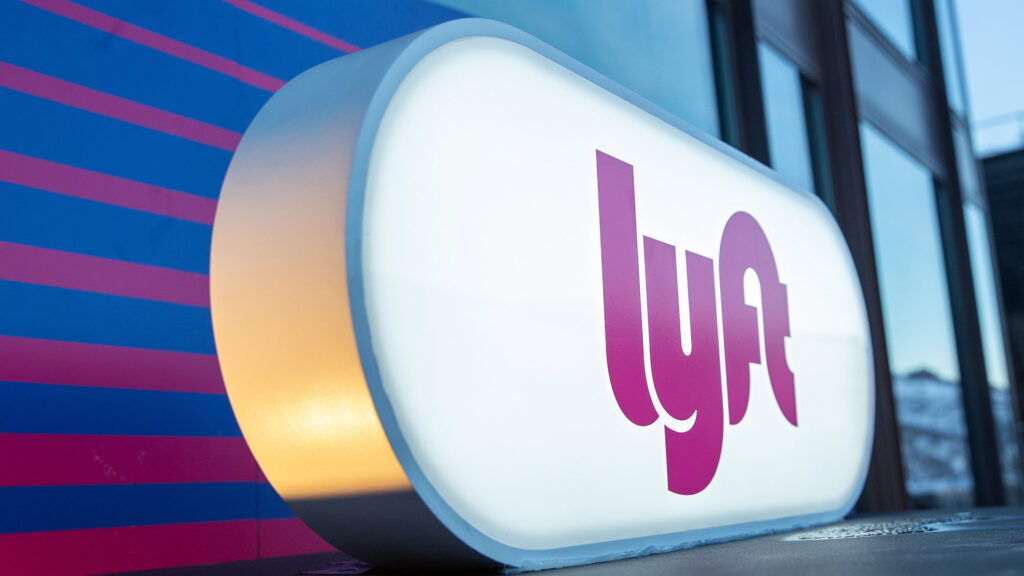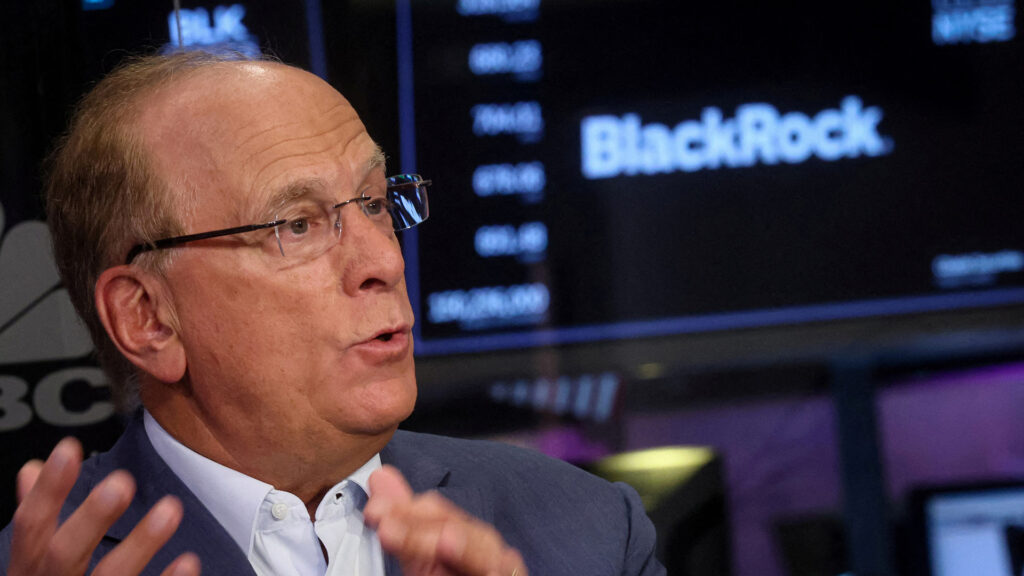On August 7, Lyft announced a soft forecast for the current quarter ending in September, despite reporting strong second-quarter results. This announcement caused Lyft’s shares to drop 14% before the market opened.
Lyft and its larger rival Uber are contending with increased ride-share demand due to summertime tourism and increased social activities.
Highlights
- Q2 Performance: Lyft posts net profit and strong revenue growth.
- Q3 Outlook: Forecasts soft quarter with gross bookings below expectations.
- Market Reaction: Shares drop 14% pre-bell due to the soft forecast.
- Operational Highlights: Record active riders and rides, high driver hours, significant growth in Canada.
Q2 Financial Performance
For the second quarter, Lyft reported a net profit for the first time, driven by significant cost cuts from the previous year. The company’s revenue rose by 41% to $1.44 billion, beating the estimated $1.39 billion.
Net income reached $5.0 million, a substantial improvement from a $114.3 million loss in the same period last year. The company also recorded an adjusted EBITDA of $102.9 million, a significant increase from $41.0 million in the previous year.
Q3 Outlook
Despite the positive Q2 results, Lyft forecasted gross bookings for Q3 to be between $4.0 billion and $4.1 billion, below analysts’ consensus estimates of $4.13 billion. Adjusted core earnings guidance of $90 million to $95 million also fell short of the street target of $104.3 million.
Operational Highlights
- Active Riders: Reached an all-time high of 23.7 million, up 10% year-over-year.
- Rides: Achieved a company record of 205 million rides, up 15% year-over-year.
- Driver Hours: Hit an all-time high, with the most new drivers since 2019.
- Pride Celebrations: Significant increase in rides during Pride events.
- College Towns: 23% more rides during spring graduation weekends.
- Canadian Market: Rides doubled in Q2 compared to the same period last year.
Strategic Moves and Challenges
Since David Risher became CEO last year, Lyft has cut hundreds of jobs, narrowed losses, and managed to keep fare increases in check. These efforts have fueled a 36% surge in Lyft’s stock in 2023. In June, Lyft projected annual gross bookings growth of 15% through 2027 and pushed into advertising, expecting $50 million in sales this year.
However, Lyft faces challenges in maintaining this growth, particularly against Uber’s diversified global business. Uber’s recent strong quarterly report also showed a slight miss in gross bookings guidance, reflecting broader industry challenges.
Industry Insights
The ride-sharing industry is experiencing a resurgence in demand post-pandemic, but companies face challenges in balancing growth with profitability. Cost management, strategic partnerships, and diversification into high-margin businesses like advertising are critical for sustained success.
In addition, regulatory environments and market dynamics continue to shape the competitive landscape, requiring agility and innovation.







